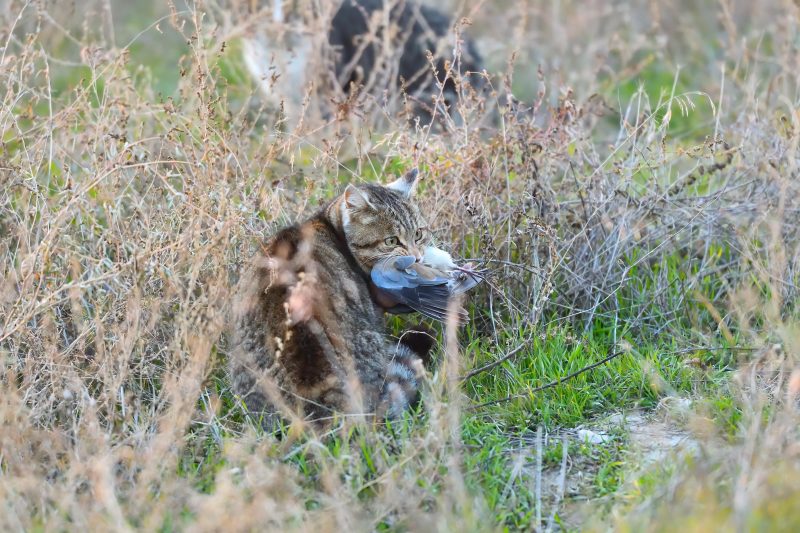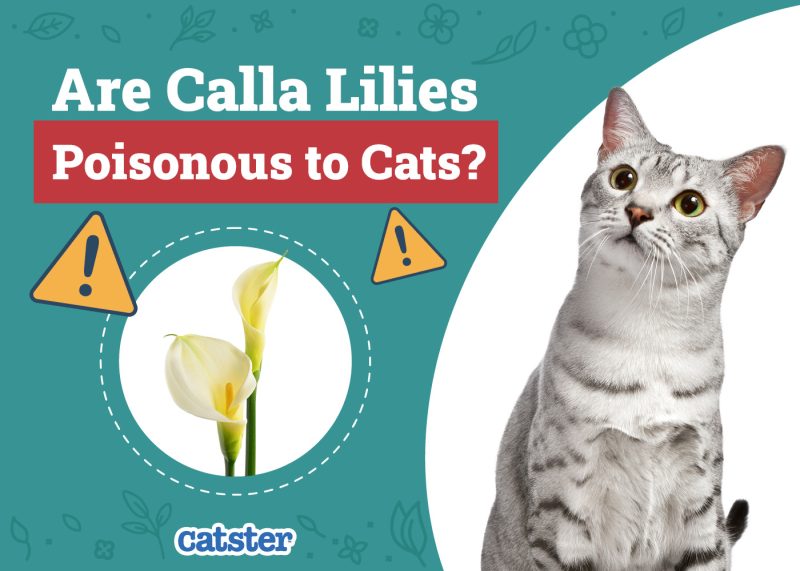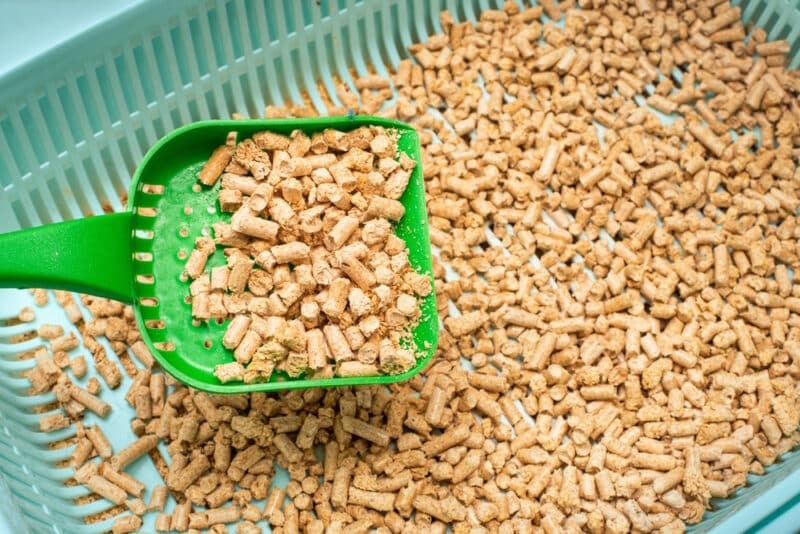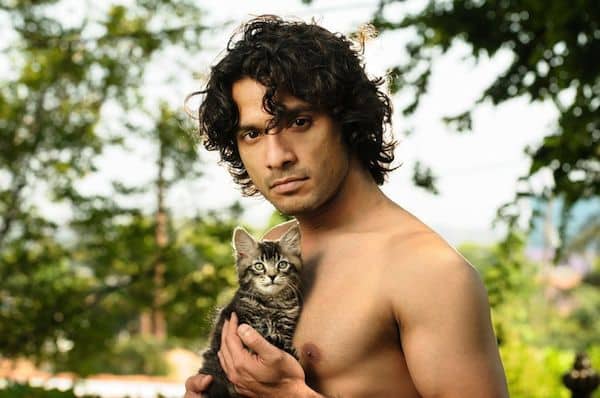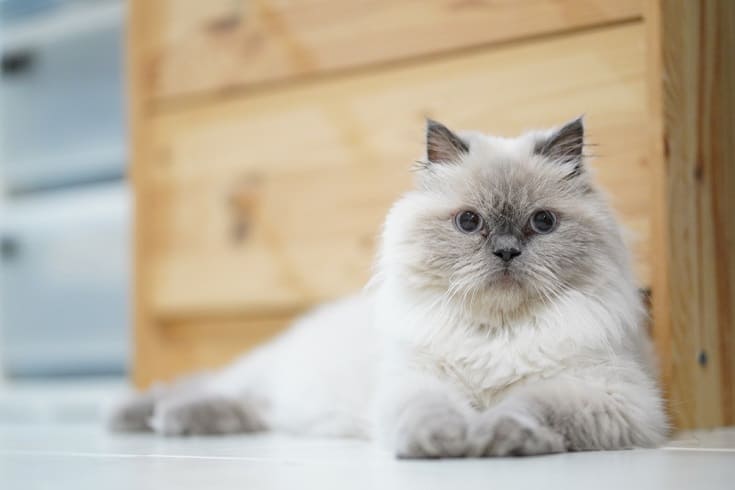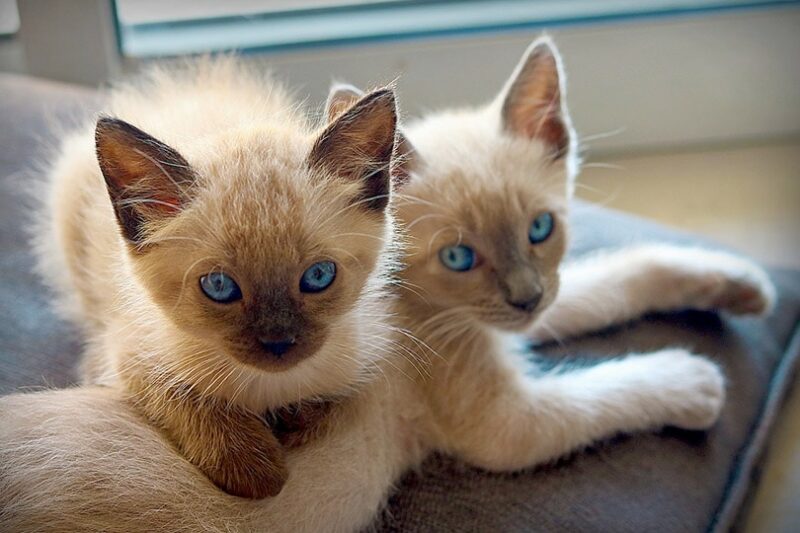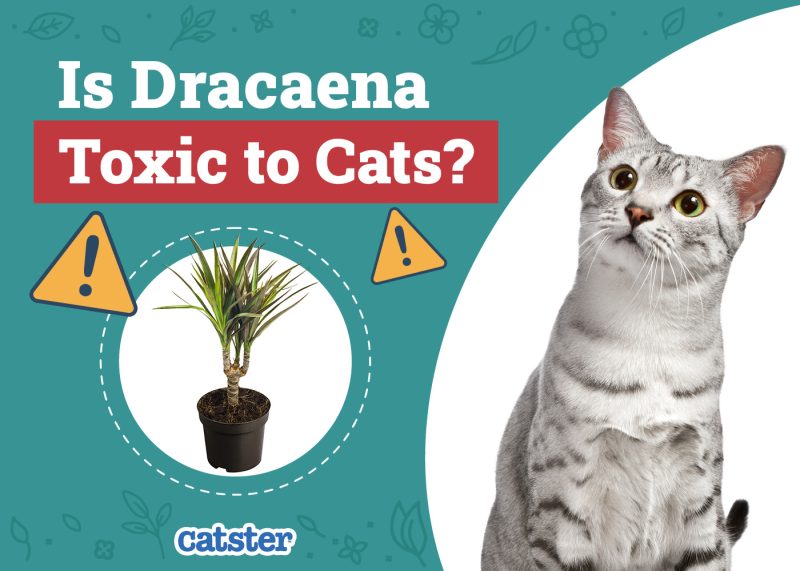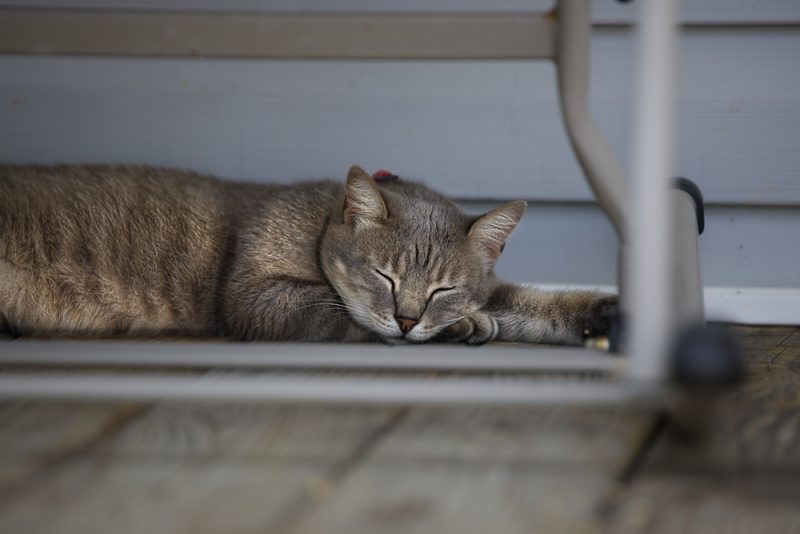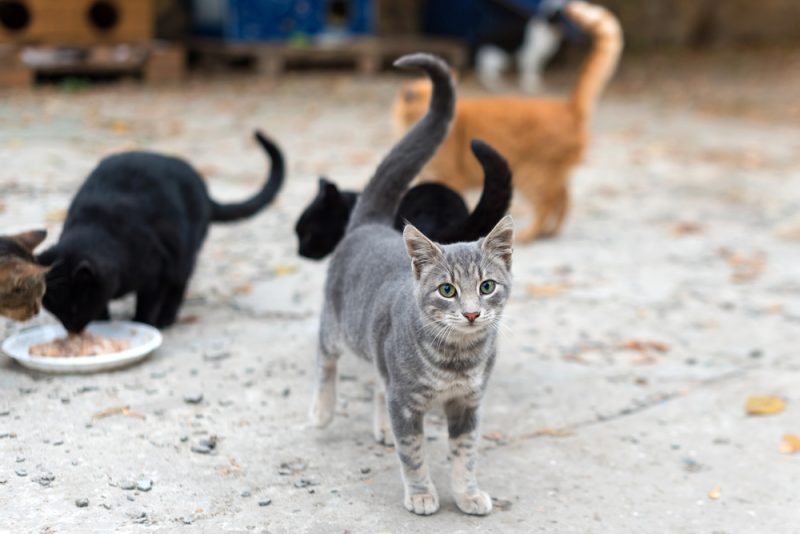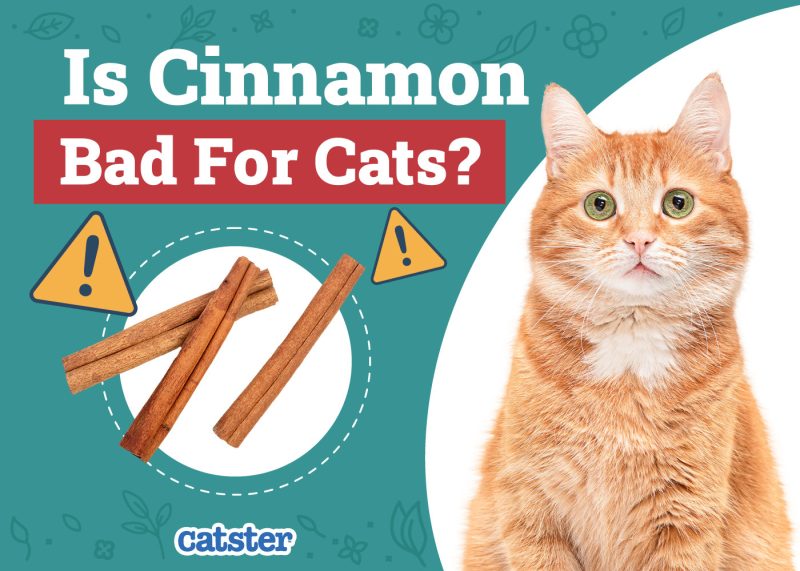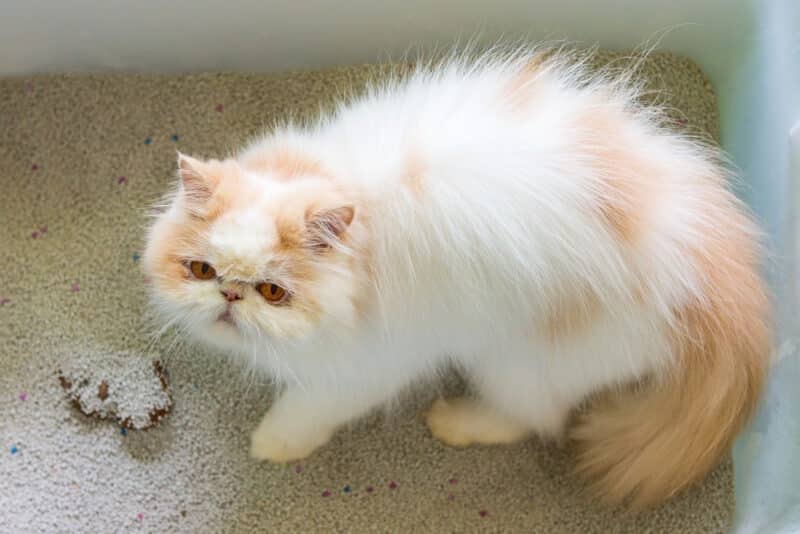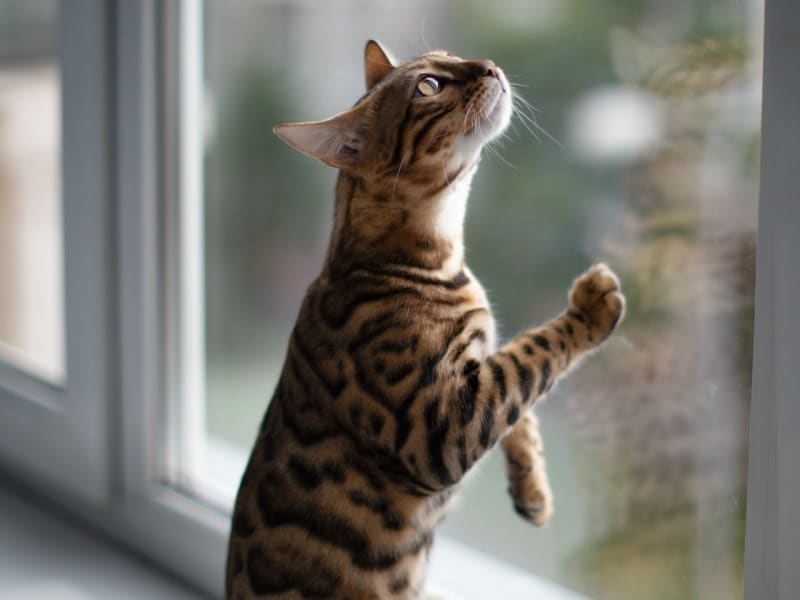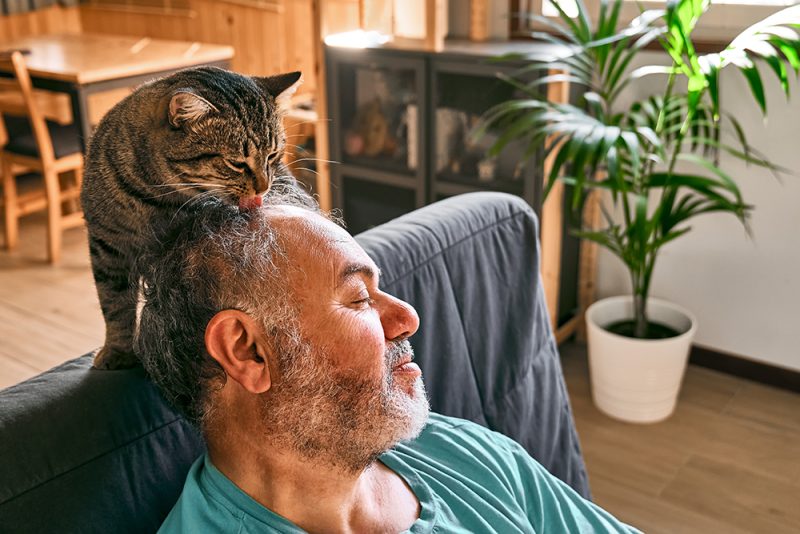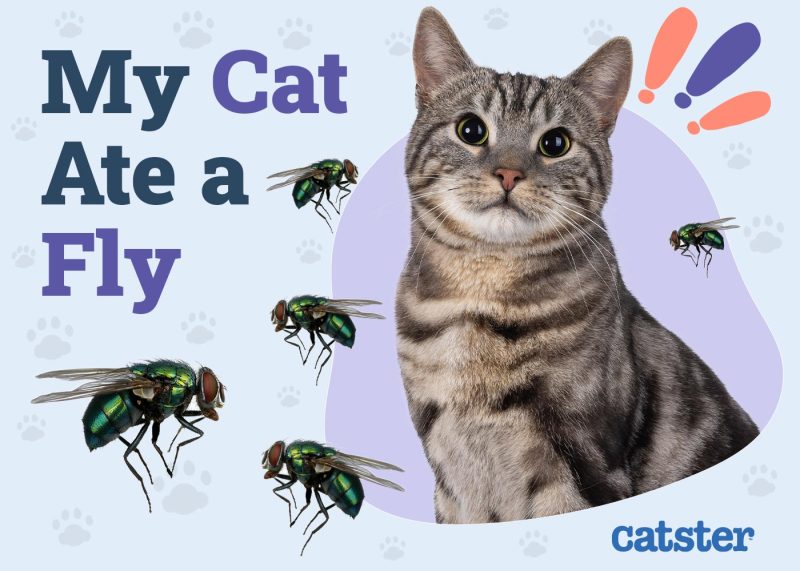It’s no secret that humans have made an absolute mess of the environment. Deforestation, oil spills, strip mining, air pollution, water pollution – we could go on forever about the great big carbon footprint we have left on this planet. One of the many ways in which we have caused calamity in Earth’s ecosystems is through the introduction of animal species into places they shouldn’t be, with one of the most deadly examples, unfortunately, being of the feline variety.
When we talk about invasive animal species, feral cats (not just stray, homeless, or abandoned kitties) are among the most damaging. Having already contributed to the extinction of more than 33 species of birds, mammals, and reptiles1, their impact on global biodiversity has been catastrophic. Although feral cats may be found on almost every continent, island ecosystems like Hawaii and Australia are the most vulnerable. Geographical isolation and a lack of large predators have resulted in delicate ecosystems where smaller animal species have been allowed to flourish. When cats were deliberately or accidentally released into these areas, they became like kids in a candy store.

Over the past century or so, numerous attempts have been made to bring these feral feline populations under control, but few can claim any significant success. However, according to some promising results coming from a rewilding project in Australia, there may be some light at the end of this tragic tunnel.
Natural Landscapers
Once the most prolific macropod in Australia, bettongs are among many small marsupial species whose numbers have dwindled in the two centuries since Australia’s colonization. Weighing less than five pounds, these diminutive ‘rat kangaroos’ had few defences against aggressive agricultural land clearing and the stealthy hunting styles of introduced predators like cats and foxes.
Chloe Frick, a PhD candidate in Ecology from The University of Adelaide, has been digging deep into the successful reintroduction of the critically endangered Brush-tailed Bettong (Bettongia penicillata ogilbyii) in South Australia’s Yorke Peninsula. Known as woylie to the indigenous Noongar people and yalgi/yalgiri to the Narunggain, the brush-tailed bettong played a vital role in ecosystem stabilization as they dig and turn the soil, spreading seeds and organic matter, in their hunt for food.
The Marna Banggara Project, named in honor of the Traditional Custodians of the land, has been making remarkable progress in restoring natural plant and animal species to the area, thanks in large part to the landscaping abilities of the bettongs.
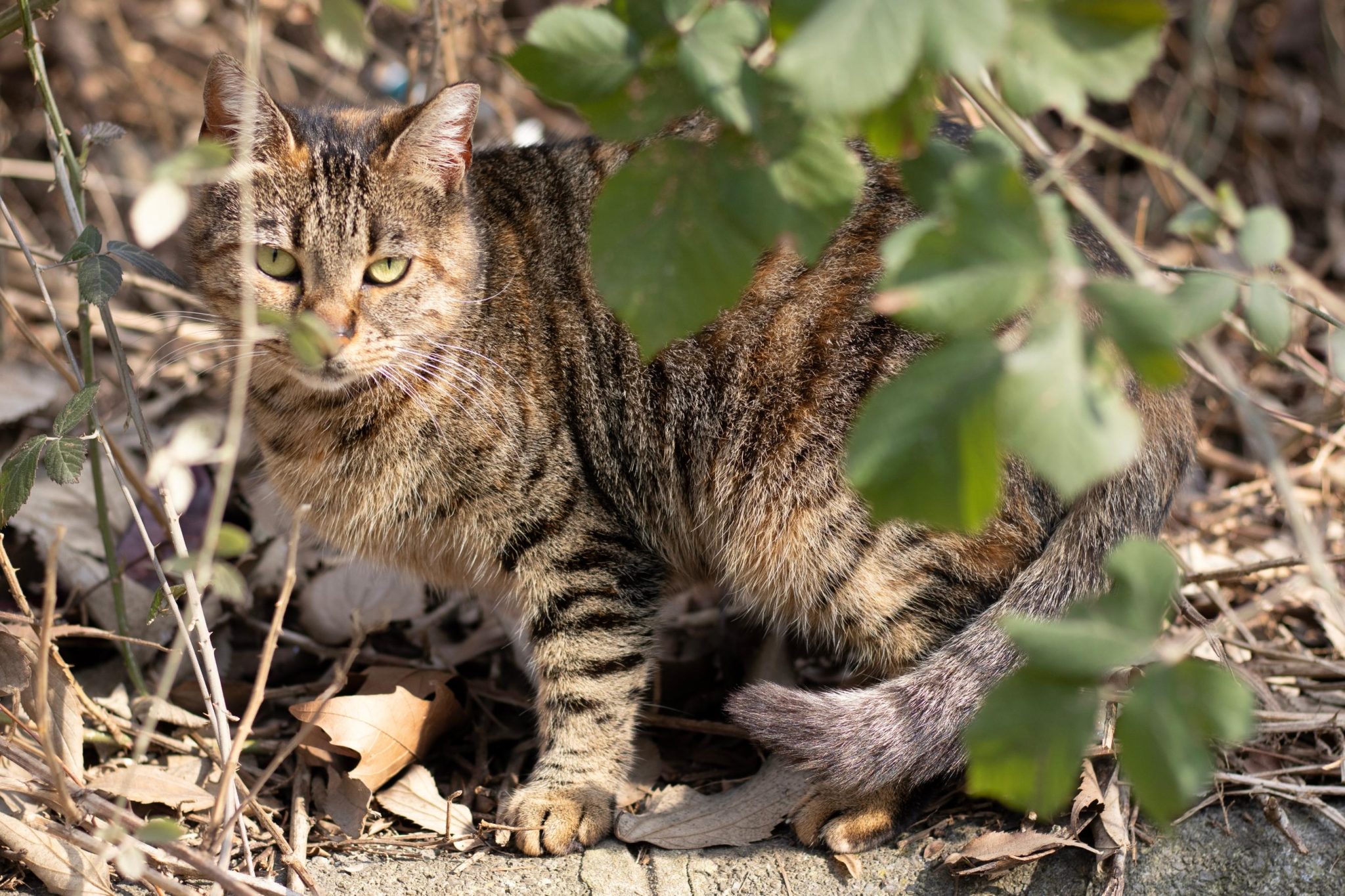
Although perimeter fencing and predator control measures have been put in place, experts agree that there is little to no chance that the area will ever be completely rid of feral cats and foxes. And yet, recent monitoring of the region has revealed that these tiny marsupials are thriving, with one population having doubled to around 400 animals in less than two years.
Researchers believe that the combination of predator control methods and the improved vegetation density, made possible by the bettong ‘soil engineers,’ may have allowed something of a natural balance to form between native and invasive animal species. Some existing populations of bettong have managed to persist in other parts of the country occupied by feral cats, but the Marna Banggara project is the first time that an animal species has been successfully reintroduced to an area inhabited by invasive predators, and this is a source of much hope for future ecological endeavors.
A New Normal?
It might seem somewhat pessimistic to accept that places like Australia will never be rid of their feral cat invaders, but it is also realistic. But rather than be defeated by this reality, perhaps we can feel encouraged by what the teams in South Australia have achieved. Supporting the return of native plants and animals to areas that have been ravaged by overpredation and human invasion can be successful, even in the face of a persisting feral cat population.
While the war against invasive species rages on, the future of endangered native animals is looking a little brighter. Where past efforts have focused primarily on eradicating predators or increasing native animal populations, the Marna Banggara project is finding success in a more ‘holistic’ approach to restoring balance. The combined efforts of predator control, environmental repair, and native animal rewilding could bring about a ‘new normal’ for ecosystems, whereby native species can flourish alongside feral cats, rather than hinge on their unlikely eradication.
Projects like this can only succeed with our help. To help support WWF – Australia, click here.
More From Weekly Mews:
- LA’s Biggest Cat Event is Back: CatCon Celebrates 10th Anniversary
- A Virus Scientist’s Secret Weapon: His Cat, Pepper
- All Aboard: Meet the Huddersfield Train Station Cats
Feature Image Credit: TAMER YILMAZ, Shutterstock
Did You Know?
- Our breaking news articles are featured in our weekly emails. Don’t miss out on the latest and sign up for our newsletter below!
